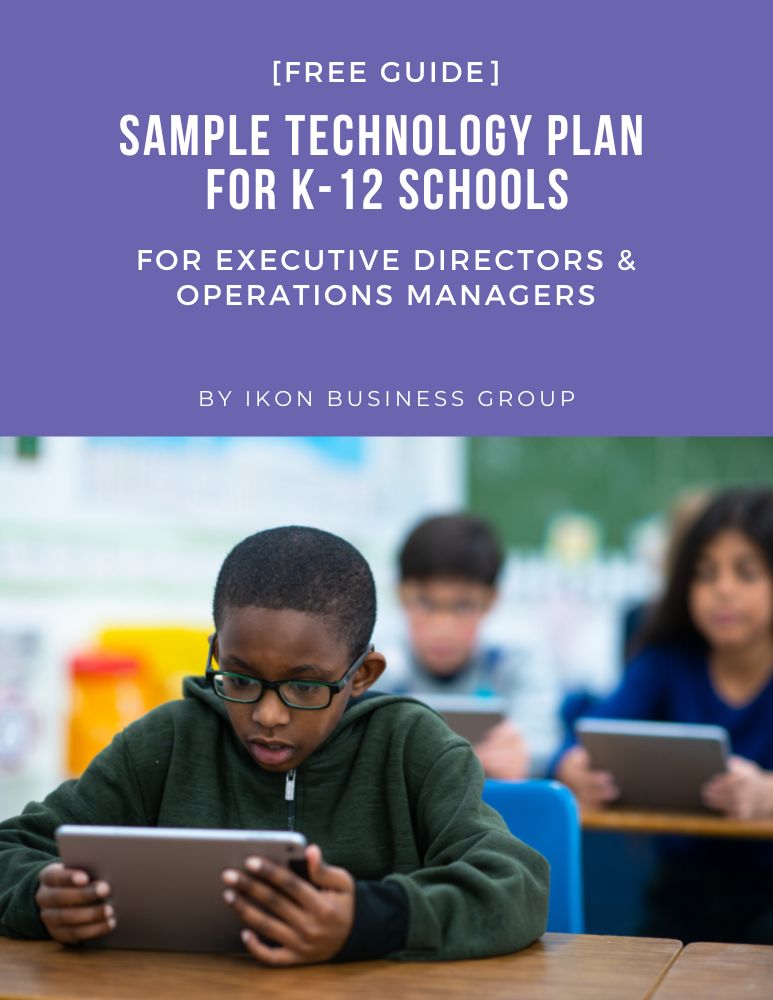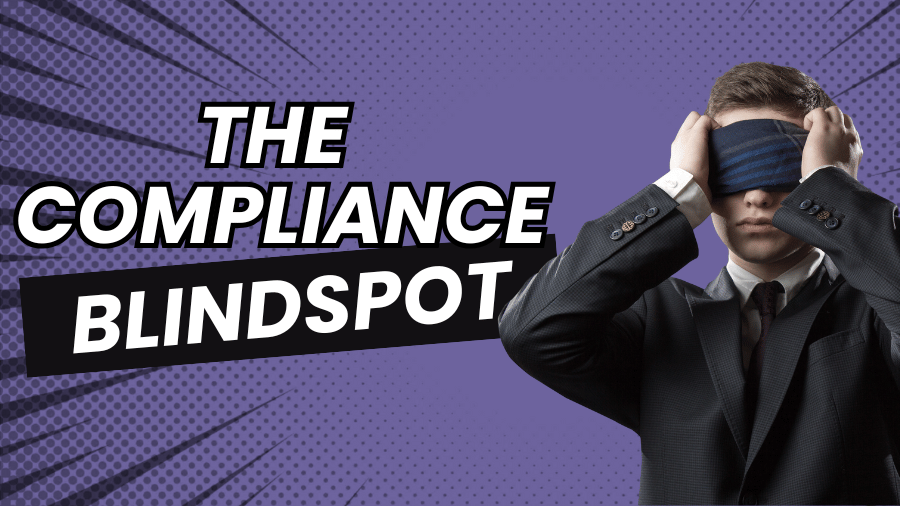Many K–12 administrators still believe that strict data-security and privacy regulations are concerns only for big corporations. In 2025, tighter rules (from federal to state levels) mean your school is just as much in the crosshairs. Overlooking even a single requirement can lead to hefty fines, damaged reputations, and loss of trust from parents and your community.
Why Compliance Matters More Than Ever for K–12
-
Protecting Student Privacy: Laws like FERPA (Family Educational Rights and Privacy Act) and COPPA (Children’s Online Privacy Protection Act) safeguard student records and online data. Violations can trigger investigations by the U.S. Department of Education and stiff penalties.
-
Ensuring Safe Technology Use: The Children’s Internet Protection Act (CIPA) requires schools to filter and monitor online content. Noncompliance jeopardizes E-rate discounts—critical funding for broadband and equipment.
-
Guarding Financial Transactions: If you process credit-card payments for lunches, field trips, or fundraisers, PCI DSS rules apply. Lapses can cost your district $5,000–$100,000 per month until you fix the issue.
-
Handling Health Information: School nurses and clinics managing electronic health records must follow HIPAA’s data-security safeguards—encryption, regular risk assessments, and staff training. A breach could spell millions in fines and lawsuits.
Real-World Consequences for Schools
Imagine this: a small charter school district in Texas stored student ID numbers and health data on an unencrypted server. A ransomware gang hit them, and the district not only paid a $250,000 ransom but also faced a $150,000 fines under FERPA and HIPAA overlap. Parents pulled their children, and local media headlines lingered for months.
Steps K–12 Leaders Can Take Today
-
Conduct Comprehensive Risk Assessments
Schedule annual reviews of your networks, cloud services, and third-party apps to pinpoint vulnerabilities before they’re exploited. -
Implement Robust Security Measures
Enforce strong password policies, multifactor authentication, firewalls, and end-to-end encryption—on everything from student laptops to your email servers. -
Train Your Staff and Educators
Make sure teachers, front-office staff, and coaches know how to recognize phishing, secure student data, and report incidents immediately. -
Develop a Clear Incident Response Plan
Outline roles, communications protocols, and recovery steps so you can act fast if a breach happens—minimizing downtime and penalties. -
Partner with Education-Focused IT Experts
Align with specialists who understand K–12 regulations inside and out—and who can help you implement practical, budget-friendly solutions.
Don’t Wait Until It’s Too Late
Compliance is about more than avoiding fines. It’s about safeguarding your students’ privacy, securing critical funding, and protecting your school’s hard-earned reputation.
Ready to close your compliance blind spot?
Book your FREE Network & Compliance Assessment today, and make sure your school meets every federal and state requirement—before enforcement comes knocking.


